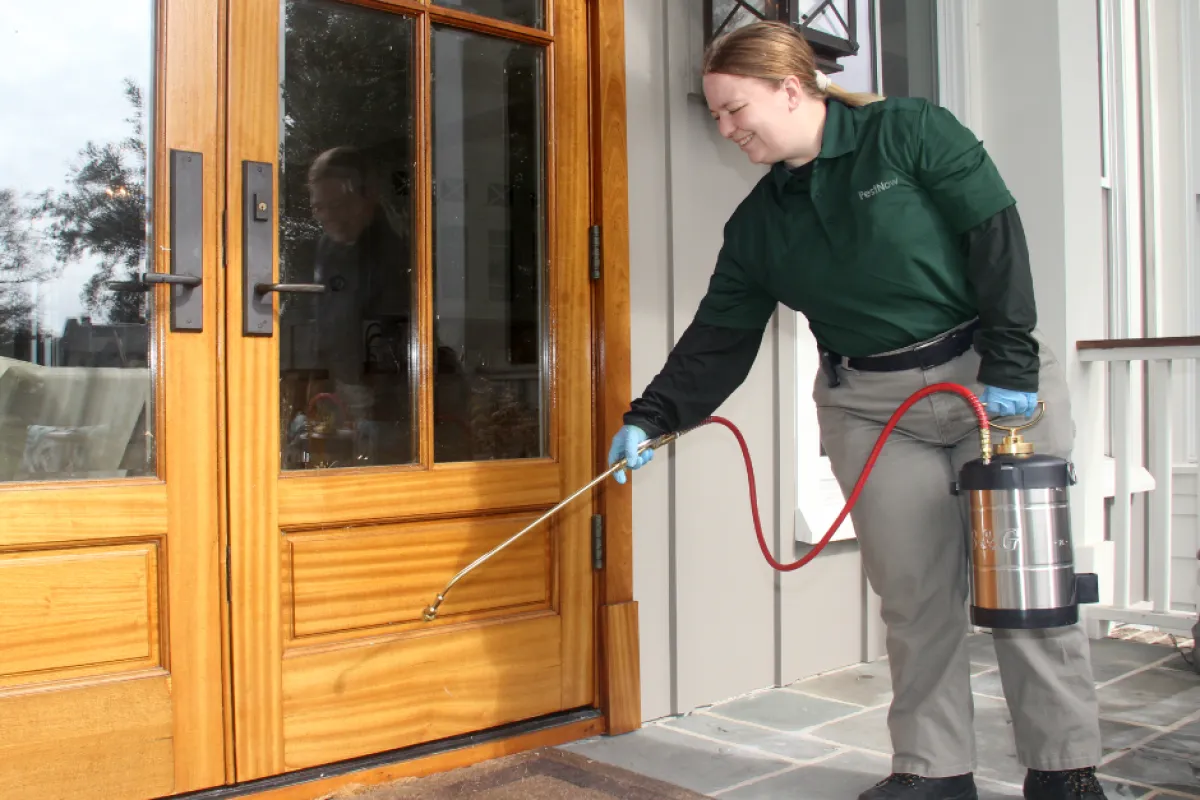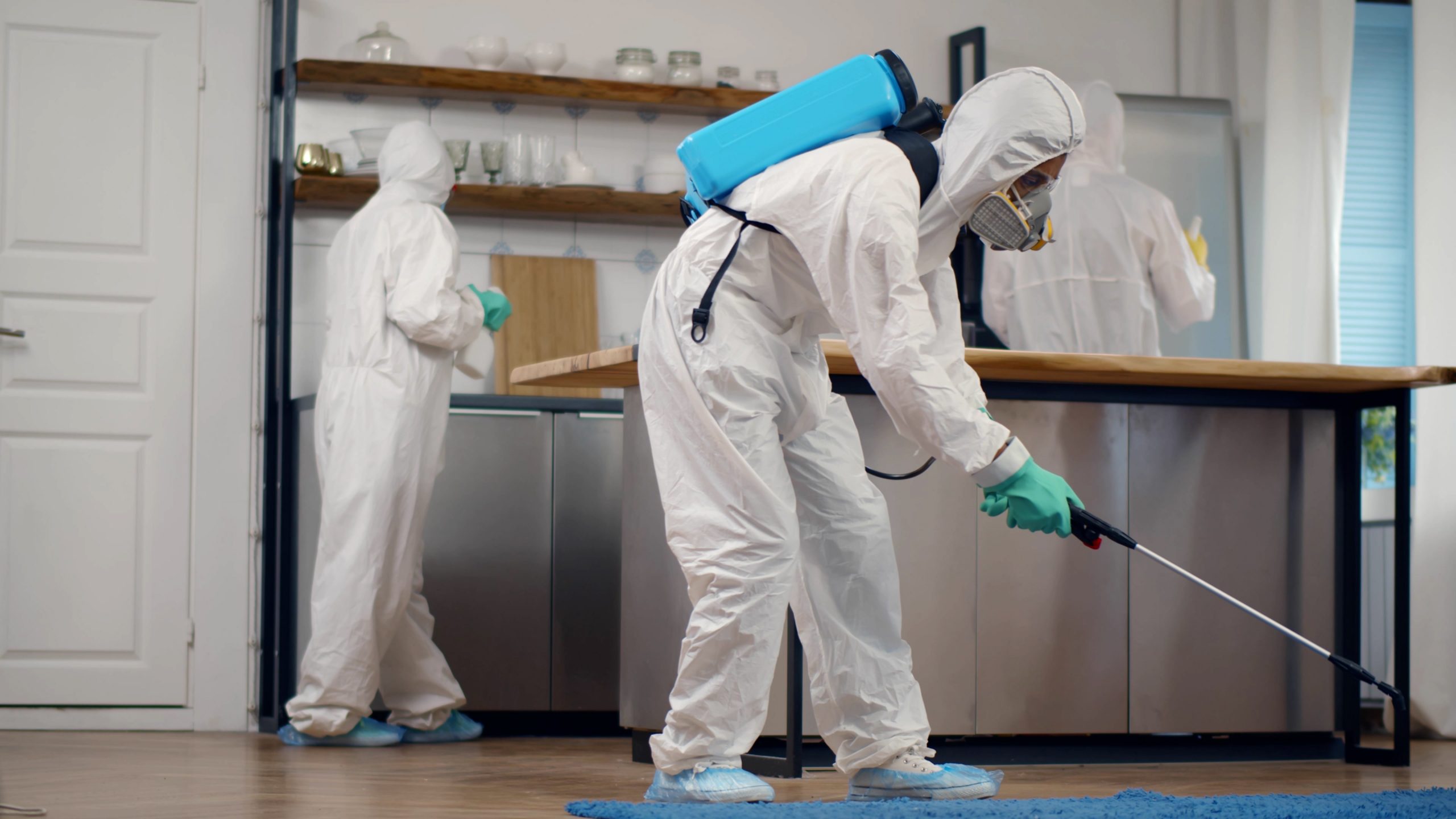Why Property Owners Rely on Pest Control Lockhart for Their Needs
Discovering Infestation and Therapy Approaches on the planet of Bug Control
The landscape of insect control incorporates a myriad of challenges, particularly as invasions of usual household insects proceed to advance. By integrating preventive procedures with innovative monitoring techniques, such as Integrated Pest Administration (IPM), house owners can much better guard their environments.

Usual Household Pests
When it pertains to handling our home, recognizing usual household insects is important. These bugs not just interrupt our convenience yet can additionally posture wellness threats and damages property. The most prevalent household pests consist of ants, roaches, rats, termites, and bed pests.
Ants, usually seen foraging in cooking areas, can infect food and develop big nests. Cockroaches, understood for their resilience, can trigger allergies and spread pathogens. Rats, consisting of computer mice and rats, can cause architectural damages and bring illness like hantavirus and salmonella. Termites, typically referred to as "silent destroyers," can endanger the honesty of wood structures, leading to costly fixings. Bed insects, although not illness carriers, can create substantial discomfort through their attacks and cause psychological distress.
Recognizing the indicators of these bugs, such as droppings, nests, or bite marks, is crucial for early intervention (Pest Control Lockhart). Appropriate sanitation techniques, sealing access points, and keeping a clutter-free environment are reliable preventative procedures. By recognizing these typical house parasites and comprehending their behaviors, house owners can take proactive actions to mitigate invasions, ensuring a much healthier living environment
Comprehending Pest Infestations
Bug infestations can intensify promptly, turning a small annoyance into a substantial problem otherwise resolved quickly. Recognizing the nature of these infestations is important for reliable management. Bugs can attack residential and industrial rooms for numerous reasons, including the look for food, sanctuary, or reproducing grounds. Common aspects adding to infestations include bad cleanliness, architectural susceptabilities, and seasonal changes that drive insects inside your home.
Recognizing the kind of parasite is essential, as different species show diverse actions and reproductive prices. Rats may establish nests in hidden areas while pests like roaches prosper in moist environments. Early discovery usually pivots on recognizing signs such as droppings, gnaw marks, or uncommon noises, which can suggest a problem prior to it comes to be serious.
Environmental problems additionally play a crucial role in pest spreading. Cozy, humid environments can assist in the fast growth of parasite populations, while changes in landscape design or building can inadvertently develop favorable environments. Therefore, normal evaluations and preventative measures are vital to reducing the threat of invasions. An informed strategy to comprehending these characteristics lays the groundwork for efficient bug monitoring approaches in the future.
Treatment Techniques and Strategies
Effective treatment approaches and strategies are vital for minimizing pest invasions and bring back a secure environment. A multifaceted technique is usually best, incorporating chemical, biological, and mechanical methods customized to the details parasite and the severity of the infestation.
Chemical treatments include making use of pesticides and herbicides, which can properly remove pests. Correct application and adherence to safety and security standards are critical to minimize threats to human beings and non-target microorganisms. Integrated Parasite Monitoring (IPM) urges the wise usage of chemicals as a last hotel, counting rather on tracking and threshold levels to determine intervention demands.
Organic control techniques include introducing all-natural predators or parasites to lower insect populations. This strategy is progressively popular, specifically in farming settings, as it advertises environmental sustainability.
Mechanical approaches, such view as traps and obstacles, supply immediate remedy for insects without introducing chemicals. Choices include sticky catches for bugs or physical obstacles for rodents.
Ultimately, the option of treatment technique should take into consideration the specific parasite, the environment, and possible impacts on human wellness and communities. A well balanced combination of these methods can effectively handle infestations while promoting lasting pest control options.
Safety Nets for Residence
Proactively dealing with bug issues before they rise is vital for preserving a healthy and balanced home environment (Pest Control Lockhart). Executing efficient safety nets can substantially lower the possibility of invasions, inevitably safeguarding both your residential property and well-being

Correct landscape design additionally plays a crucial role in prevention. Maintaining hedges and trees cut away from your home lowers the opportunities of parasites locating their method inside your home. Moreover, make sure that drain systems are address working efficiently to avoid standing water, which can attract insects and various other bugs.
Last but not least, routine evaluations are advisable. Regularly looking for indications of insect activity permits for very early intervention. By taking on these preventative steps, property owners can develop a setting that is much less congenial to parasites, consequently improving their total lifestyle and decreasing the demand for substantial insect control treatments.
Industrial Pest Control Methods
An extensive strategy to industrial pest control is necessary for companies intending to maintain a secure and hygienic atmosphere. Effective methods involve a combination of normal evaluations, staff member training, and the application of Integrated Parasite Management (IPM) methods.
Regular evaluations make it possible for early discovery of pest activity, permitting for prompt intervention. Services should establish a regular schedule for these assessments, concentrating on high-risk locations such as cooking areas, storage spaces, and garbage disposal websites. Employee training is similarly critical; staff ought to be enlightened on the indicators of pest invasions and the value of reporting them immediately.
Executing IPM methods aids minimize pest issues sustainably. This includes habitat adjustment, such as securing access factors and lowering mess, as well as employing natural deterrents before turning to chemical treatments.

Additionally, teaming up with a qualified parasite control service provider guarantees access to professional understanding and advanced treatment options. This partnership can lead to customized pest control plans customized to the details demands of business, decreasing threats and improving total efficiency. Inevitably, a proactive and informed approach fosters a pest-free setting, guarding both public wellness and service track record.
Final Thought
In verdict, efficient parasite control necessitates a thorough understanding of common family pests and their habits, paired with targeted treatment approaches. Implementing precautionary measures together with therapy strategies such as Integrated Bug Monitoring and biological control websites improves the capacity to mitigate invasions.